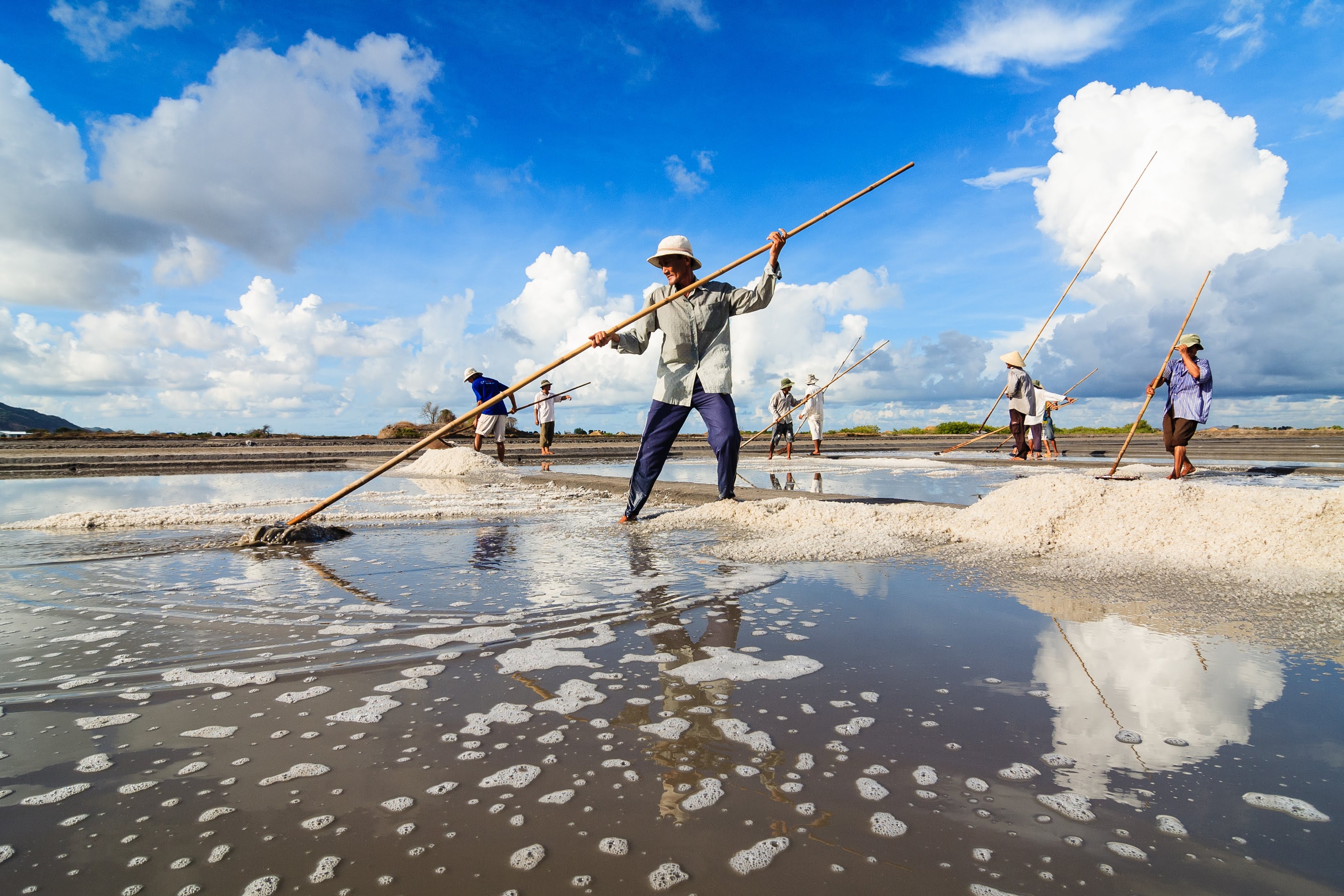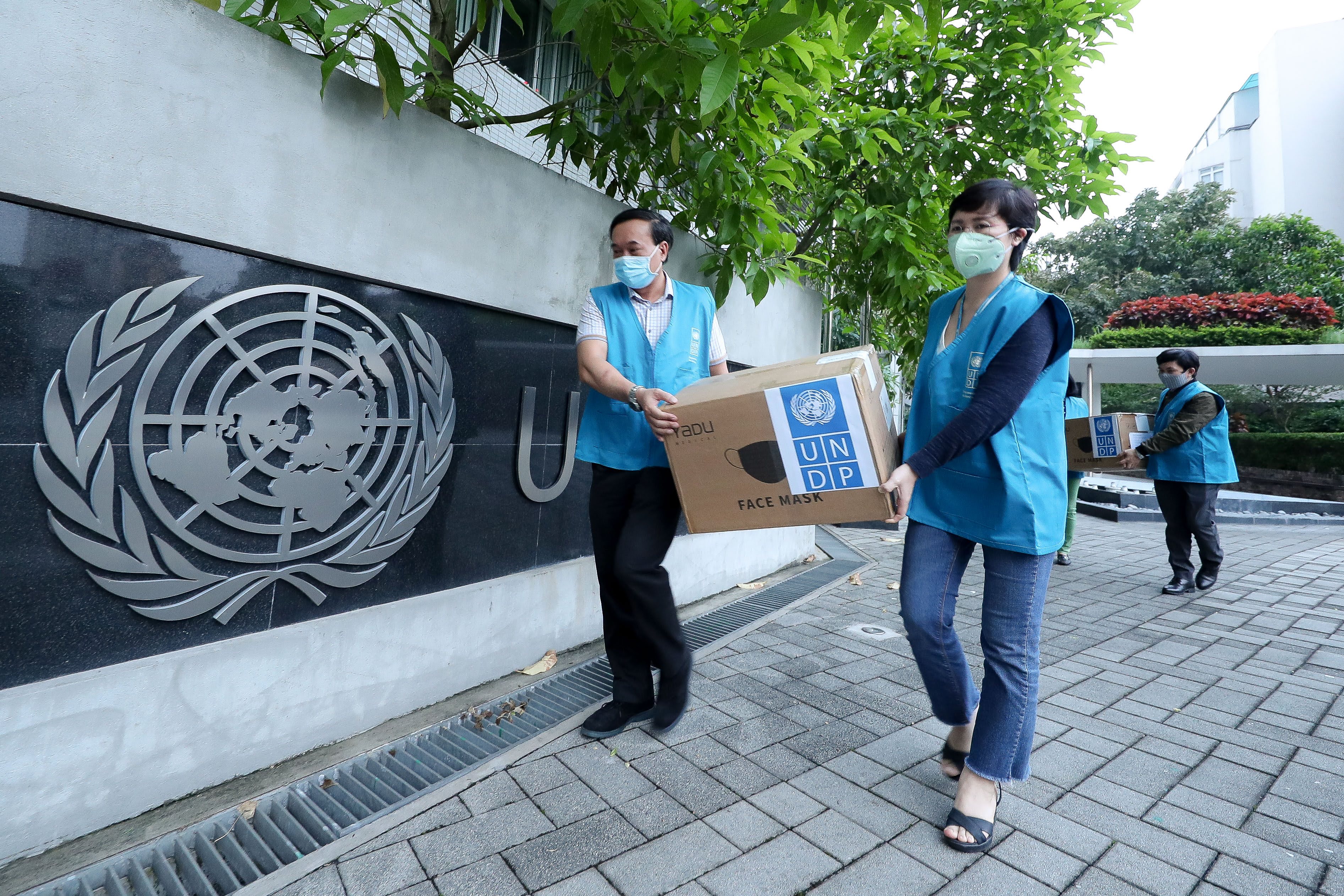National Adaptation Plan for the period 2021-2030, with a vision to 2050
National Adaptation Plan for the period 2021-2030, with a vision to 2050
November 15, 2024
Viet Nam is a country that is particularly vulnerable to the impacts of climate change (CC). Viet Nam has a coastline of about 3,260 km and a sea area of about 1 million km2, including Paracel and the Spratly archipelagos along with over 3,000 large and small islands along the coast. The area of Viet Nam’s mainland territory is about 331,230.8 km2 with three quarters being hills and mountains; the rest are alluvial plains, of which two large deltas are densely populated and particularly vulnerable to climate change, especially sea level rise.
That was the reason why Viet Nam needed a National Adaptation Plan (NAP) for the period 2021-2030, with a vision to 2050. This NAP is grounded on the provisions on climate change in the Law on Environmental Protection (LEP), the National Strategy on Climate Change to 2050 and current policies on climate change. The NAP was developed based on the guiding documents of the United Nations Framework Convention on Climate Change (UNFCCC).
Key contents of the report:
Chapter I. Introduction: Presents an overall introduction of the Viet Nam national context, legal grounds, methodology and process for developing the NAP.
Chapter II. Climate change in Viet Nam: Presents the trend of climate change according to
monitoring data and future climate change scenarios; the increase in climate risks; the impacts of climate change on different sectors, regions and social groups in Viet Nam; the current and estimated future climate change-induced losses and damages for Viet Nam.
Chapter III. Achievements and gaps in climate change adaptation: Assesses and analyses the achievements in policies, actions and in the mobilisation of financial resources for climate change adaptation as well as gaps in the climate change adaptation at the country, sectoral and provincial levels, covering different aspects including institutions, policies, finance, science and technology; climate change adaptation (CCA) integration into development plans; coordination among ministries, sectors and provinces; regional linkages; social engagement; and international cooperation.
Chapter IV. NAP: Presents objectives, tasks and priority solutions specifically identified for different sectors, fields and regions to adapt to climate change in the period 2021-2030 based on the analysed achievements, gaps and vulnerabilities as well as the coordination mechanism among ministries, sectors, provinces and external organisations in implementing these solutions; management and implementation of the Plan; NAP monitoring and evaluation system; periodic reviews and updates; financial resources for the NAP implementation.
Chapter V. Challenges and needs for international support: Analyses difficulties and challenges and assesses potential economic, social and environmental impacts of the implementation of the NAP; analyses the potential contributions of the NAP to the achievement of the Sustainable Development Goals (SDGs); identifies the needs for international assistance in finance and capacity building to improve Viet Nam’s CC resilience and adaptability.

 Locations
Locations





















